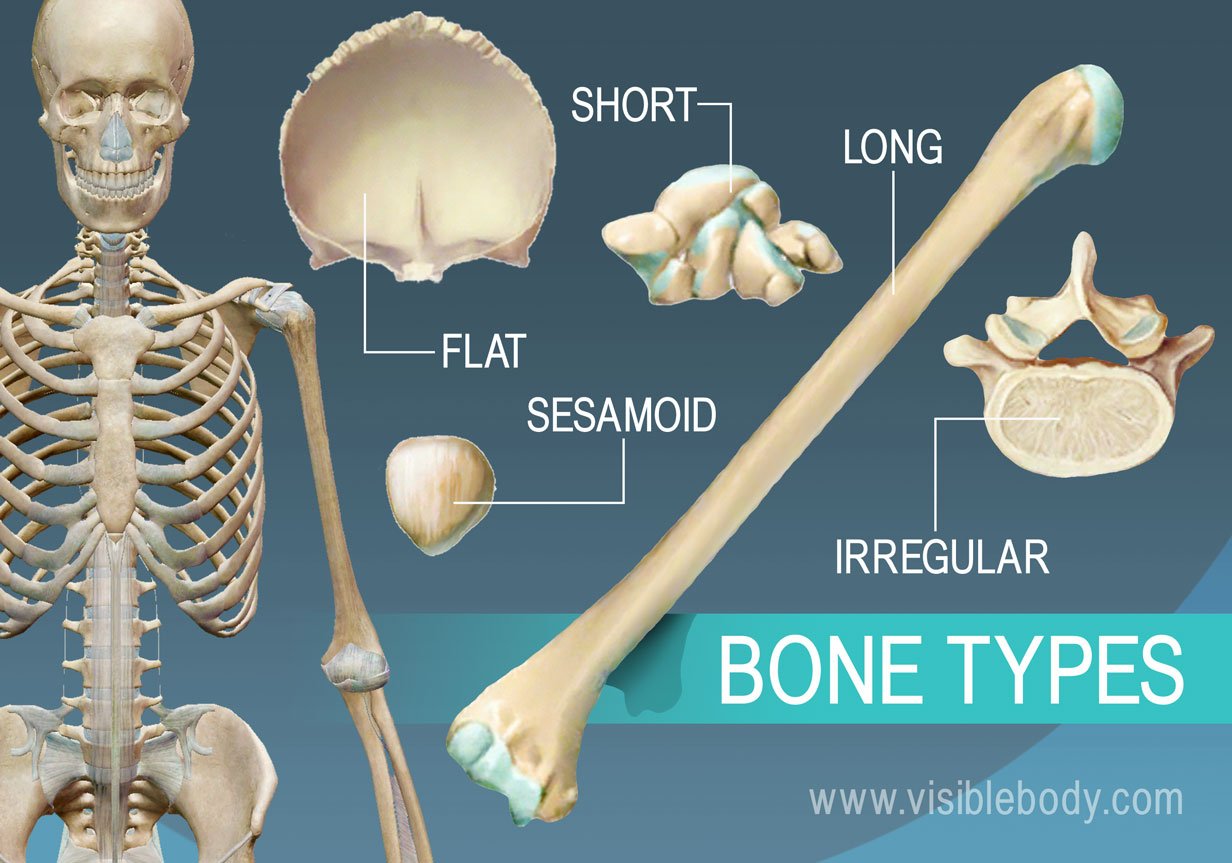
What are the Main Types of Bone Tissue in the Skeletal System?
The human skeletal system is a remarkable framework that provides structural support, protection to vital organs, and facilitates movement. Bones are the primary components of this system, and they are not uniform structures. They consist of different types of bone tissue, each with unique characteristics and functions. In this comprehensive article, we will explore the main types of bone tissue in the skeletal system, their composition, and their critical roles in maintaining overall health.
1. Compact Bone Tissue
Compact bone tissue, also known as cortical bone, forms the dense outer layer of bones. It is characterized by its hardness and strength. Compact bone tissue appears solid to the naked eye, but under a microscope, it reveals a complex structure. Here are some key features of compact bone tissue:
Composition
- Osteons: The basic functional unit of compact bone tissue is the osteon, also called the Haversian system. An osteon consists of concentric rings of bone matrix, called lamellae, surrounding a central canal, the Haversian canal. Blood vessels and nerves run through the Haversian canals, supplying nutrients to the bone cells (osteocytes).
- Lamellae: These are thin layers of calcified matrix that give compact bone its strength.
- Osteocytes: Embedded within the lamellae are mature bone cells called osteocytes. These cells maintain bone tissue and are connected to each other through small channels called canaliculi, allowing them to communicate and exchange nutrients.
Function
- Support and Protection: Compact bone tissue provides the structural support needed for the body and protection for vital organs. For example, the skull is predominantly made up of compact bone, safeguarding the brain.
- Reservoir for Minerals: It serves as a reservoir for essential minerals, such as calcium and phosphate, which are crucial for various physiological functions.
- Mechanical Strength: The dense structure of compact bone tissue is critical for resisting mechanical stress and maintaining bone integrity.
2. Spongy Bone Tissue
Spongy bone tissue, also known as cancellous or trabecular bone, has a porous, honeycomb-like appearance. It is found at the inner ends of long bones and within the interior of flat, irregular bones. While less dense than compact bone tissue, spongy bone tissue plays important roles in bone physiology. Here are its characteristics:
Composition
- Trabeculae: Spongy bone is composed of a network of bony struts or spicules called trabeculae. These trabeculae are surrounded by marrow spaces.
- Red Marrow: The marrow spaces within spongy bone are filled with red bone marrow, which is responsible for the production of blood cells, including red blood cells, white blood cells, and platelets.
Function
- Lightening Bone Weight: Spongy bone tissue helps reduce the weight of bones, making them lighter without sacrificing structural integrity.
- Blood Cell Production: The red marrow within spongy bone is a vital site for hematopoiesis, the formation of blood cells, which is essential for the body’s immune response and oxygen transport.
3. Subperiosteal Bone Tissue
Subperiosteal bone tissue is not a distinct type of bone tissue but refers to the layer of connective tissue called the periosteum that covers the outer surface of bones. The periosteum contains blood vessels, nerves, and cells involved in bone growth and repair. While it doesn’t have the same rigid structure as compact or spongy bone, the periosteum is indispensable for bone health.
Composition and Function
- Blood Supply: The periosteum is richly supplied with blood vessels, ensuring that bones receive oxygen and nutrients. It also contains nerves that contribute to sensation.
- Bone Growth and Repair: Cells within the periosteum, such as osteoprogenitor cells, play a crucial role in bone growth and repair. They can differentiate into osteoblasts, which are responsible for bone formation, and osteoclasts, which are involved in bone resorption.
Conclusion
In summary, the human skeletal system is a dynamic and versatile framework composed of different types of bone tissue, each with its unique structure and function. Compact bone tissue provides strength and protection, while spongy bone tissue supports blood cell production. Additionally, the periosteum, while not a bone tissue in itself, is integral for bone growth and repair. Understanding these types of bone tissue is essential not only for comprehending the structural intricacies of the skeletal system but also for appreciating the vital roles bones play in maintaining overall health and mobility.



